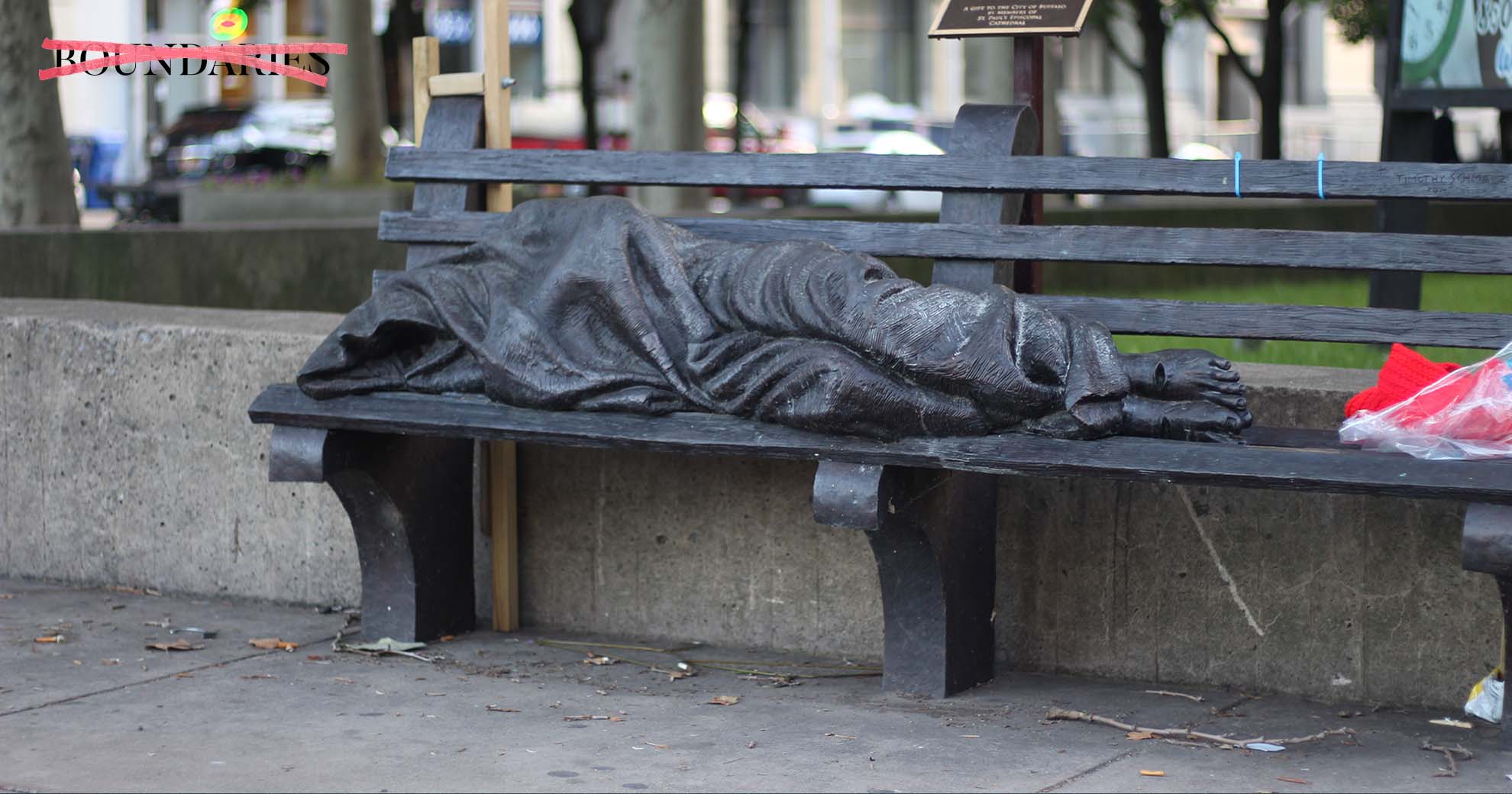By Sarah Gorry // Case Manager, Matt Urban Human Services Center of WNY
UPDATE: This article original ran in newsprint in October 2016. Ms. Gorry is no longer in this position, but the program is still in effect.
–
A person can experience homelessness as a result of not being able to afford housing for a variety of reasons – after losing a job, being evicted from an apartment, developing a substance use disorder, living with a mental health disorder or any other combination of financial, social, economic, and cognitive factors. Though these influences usually cause homelessness for a short period of time, symptoms can quickly become chronic, referring to more than a year of homelessness coupled with a disability. The longer a person is homeless, the more hurdles arise in obtaining housing. Mental health symptoms become exacerbated, physical health declines, personal items get lost or stolen, involvement with the criminal justice system increases, and financial support becomes harder to maintain. These barriers are the fundamental components to the theory behind Housing First – an alternative solution to treatment-based programs that have previously existed for the chronic homeless. The program literally and essentially puts housing first. Individuals move directly from the streets and shelters to safe, affordable housing followed with intensive case management without mandated treatment requirements.
Housing First is more than providing a roof. It’s an opportunity for a person sleeping in a train tunnel one night to sleep in an apartment the next. For others, it provides a home after completing a 28-day rehabilitation program. Housing First offers a financial break as individuals focus on maintaining employment. It confirms stability and support to those suffering from a severe mental health diagnosis. Finally, it allows individuals the opportunity to set goals and provides the necessary support in meeting those goals.
While Housing First works effectively throughout the City of Buffalo, there are individuals who have fallen through the cracks. Safe and affordable housing units are not readily available and can often take a while to locate. Two years ago, a man who narrowly missed the cut off for the number of Housing First slots available decided to move into the only apartment he could afford on his fixed supplemental security income (SSI), even though the apartment was unsafe. He became homeless again after being assaulted by one of his housemates and ended up on the streets in a worsened physical condition than before the move. By this time, he had developed a severe cognitive impairment from his struggle with alcoholism and was unable to remember the outreach teams he had been working with. He suffered a stroke while he was homeless and is now living in a nursing home with severe memory loss.
There have been several developments in the way we combat homelessness in Buffalo. Adequate funding has been secured and a system has been cultivated to provide Housing First to all individuals experiencing chronic homelessness in Buffalo. People no longer wait years before receiving a referral to a housing program. Homeless outreach workers meet individuals under bridges, in abandoned buildings, tunnels, and emergency shelters. Their goal is to connect with them, understand their strengths and needs, and link them with the appropriate support services, including Housing First. To advocate for clients and address the potential struggles beyond housing, we maintain relationships with the Department of Social Services, criminal justice system, and medical service providers. These collaborative efforts are an effective way to meet the needs of individuals experiencing chronic homelessness, but they are futile if affordable housing still does not exist.
The lack of fair market housing options has proved to be the largest obstacle in the efforts to combat homelessness. Housing First programs are required to follow HUD regulations – restricting the payment of any rent above fair market value. These are hurdles, but in the community at large, there are still barriers to combatting homelessness. The landlord who refuses to rent his/her apartments at a fair price is a barrier. The neighbor who thinks it is a shame people are being forced from their homes in the name of development, but validates it by saying it is the only way toward progress is a barrier. Development that lacks input from people of all socioeconomic backgrounds is a barrier. Until fair market housing options become readily available throughout Buffalo, advances made against homelessness will be difficult to maintain. Progress in Buffalo will be ineffective if we choose to leave behind an entire group of people who have valid experiences, have proven their resiliency over time, and have an equal right to housing.




